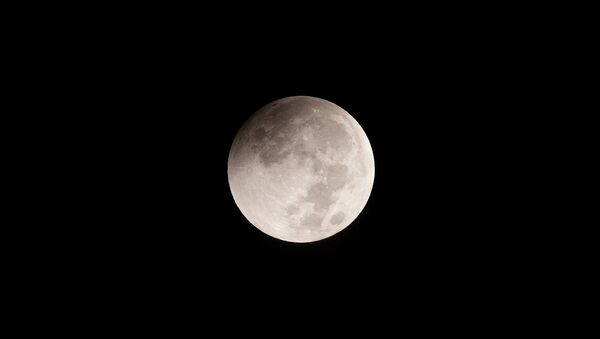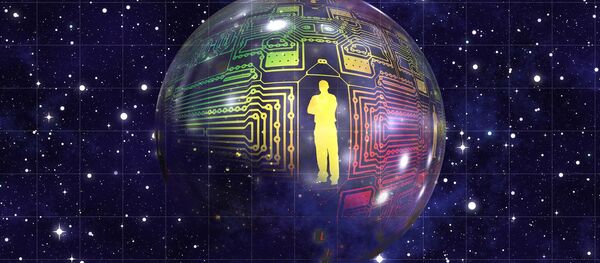The Moon has existed far longer than humanity, meaning that every human who ever lived could look up at the sky and see the same celestial body hovering above our planet. But a new NASA study shows that the lunar features we observe today are completely different than those seen by early homosapiens.
Without a substantial atmosphere, the Moon’s surface is constantly bombarded by asteroids, comets, and dust, creating craters and shifting the surface soil. The new findings suggest that this happens a hundred times more frequently than previously thought.
"We detected 222 new impact craters and found 33 percent more craters with a diameter of at least 10 meters than predicted [by earlier models]," researchers said, according to Phys.org.
With approximately 180 new craters formed every year, the moon receives a complete facelift every 81,000 years.
"When looking at just a single image, many of the newly formed features are indistinguishable from their surroundings," said Emerson Speyerer, the study’s lead author, according to Science World Report.
"It’s only with these detailed comparisons with previous images that we can separate out these small surface changes."
But what’s good for the Moon isn’t necessarily good for the future of space travel. In our burgeoning efforts to explore the stars, scientists have long thought that the Moon would make an ideal jumping off point. With its low gravity and proximity to Earth, a lunar base could serve as a waypoint for longer missions.
Higher bombardment rates, however, mean that any lunar installations could be at a much greater risk of space rock destruction. While a direct impact is unlikely, even smaller debris kicked up by a nearby collision could cause significant damage.




